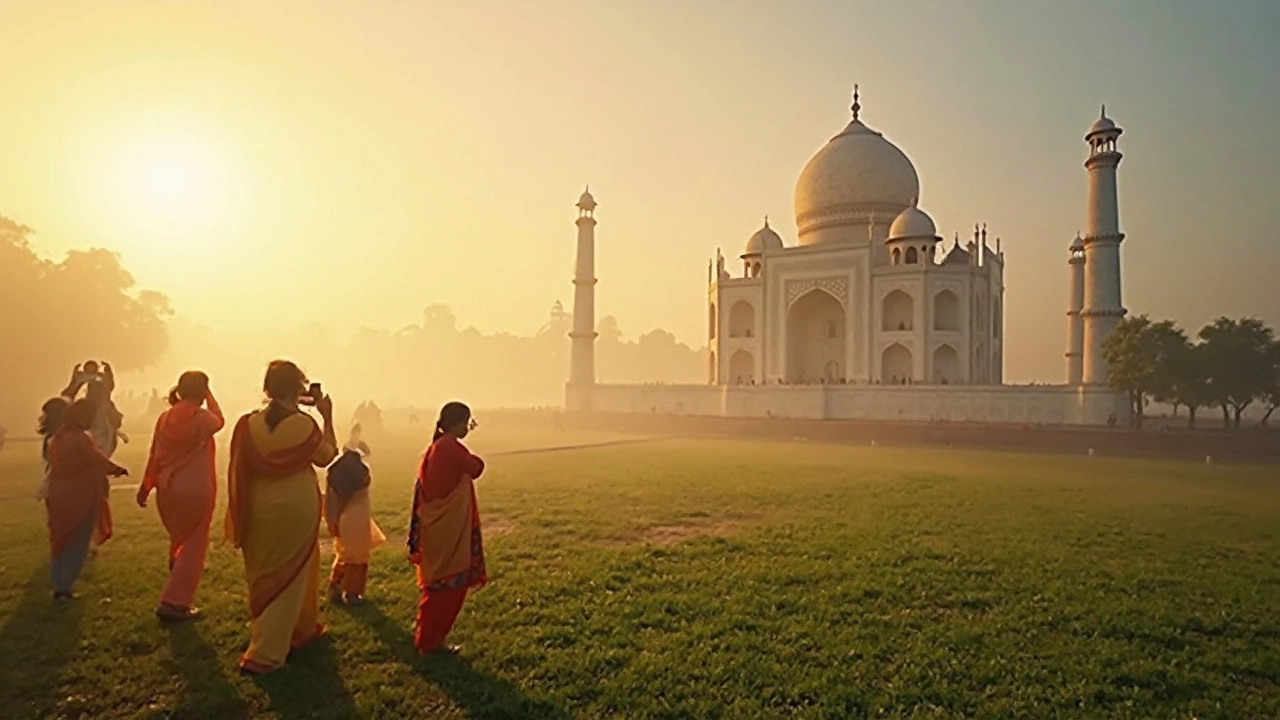SEARCH
India Travel Seasons – Pick the Perfect Time for Your Trip
India is huge, so the weather and festivals change a lot from place to place. Knowing the right season can save you cash, keep you dry, and put you right in the middle of the best celebrations. Below is a quick rundown of the three main Indian seasons and what they mean for travelers.
North vs South: Seasonal Highlights
Winter (October‑February) is the most popular time for the north. Delhi, Agra, Jaipur, and the Himalayan hill stations enjoy cool, clear days. It’s perfect for the Golden Triangle, Rishikesh yoga retreats, and trekking in Ladakh. In the south, winter stays warm but not scorching—think comfortable evenings in Kerala’s backwaters and Goa’s beaches.
Summer (March‑June) brings heat to the plains. Delhi can hit 45 °C, but the mountains and higher altitudes stay pleasant. This is the ideal window for climbing in Sikkim, exploring Leh‑Ladakh, or visiting the snow‑capped valleys of Himachal. In the south, the heat is offset by coastal breezes, making it a good season for island hopping in Lakshadweep or the Andaman.
Monsoon (July‑September) drenches most of the country. The west coast (Mumbai, Goa) gets heavy showers, while the eastern side (Bengaluru, Hyderabad) sees milder rain. If you love lush green landscapes, this is the time to see Kerala’s tea estates alive, witness the rhododendron bloom in Sikkim, or explore the waterfalls of Meghalaya. Just pack a sturdy raincoat and plan indoor alternatives.
Tips to Save Money by Timing Your Trip
Travel costs swing with the seasons. Off‑peak months—like late September in the north or early May in the south—often have cheaper flights and hotel rates. Booking during the tail‑end of the monsoon can land you great deals on beach resorts that haven’t filled up yet.
Festivals are a double‑edged sword. Visiting during Diwali, Holi, or the Pushkar Camel Fair adds cultural fireworks but also spikes prices and crowds. If you want the vibe without the price jump, aim for smaller regional festivals like the Hornbill Festival in Nagaland (Dec) or the Mango Festival in Gujarat (May).
Here are a few articles from our site that dive deeper into season‑specific planning:
- "Cheapest Time to Travel to India: The Best Month for Budget Trips" – a breakdown of low‑cost months and how to snag cheap flights.
- "Best Time to Visit Goa: Weather, Festivals, Travel Tips & When to Go" – all you need to know about Goa’s peak and off‑peak periods.
- "North East India Travel: Best Time to Visit" – guidance on when the hills are clear and festivals are in full swing.
- "South India Trip Cost: Real World Guide for 2025 Travellers" – budget tips that line up with seasonal pricing.
Quick cheat sheet: If you’re after pleasant weather across most of India, aim for November to early March. For adventure seekers chasing high‑altitude treks, late April to early June works best. And if you love green scenery and don’t mind a few showers, late July to early September is your window.Plan ahead, match your interests to the climate, and you’ll get the most out of every Indian mile.

Best Time to Visit the Golden Triangle in India: When to Go and Why
Trying to figure out the best time to visit the Golden Triangle in India? This article looks at the weather, crowds, and local events across Delhi, Agra, and Jaipur to help you pick the right month. You'll find honest advice, tips on what to expect, and a quick breakdown of each season's pros and cons. Ever wondered when the Taj Mahal looks most magical or when Jaipur explodes with color? Grab everything you need to plan the perfect North India trip—no guesswork, just solid info for real travelers.
Continue reading